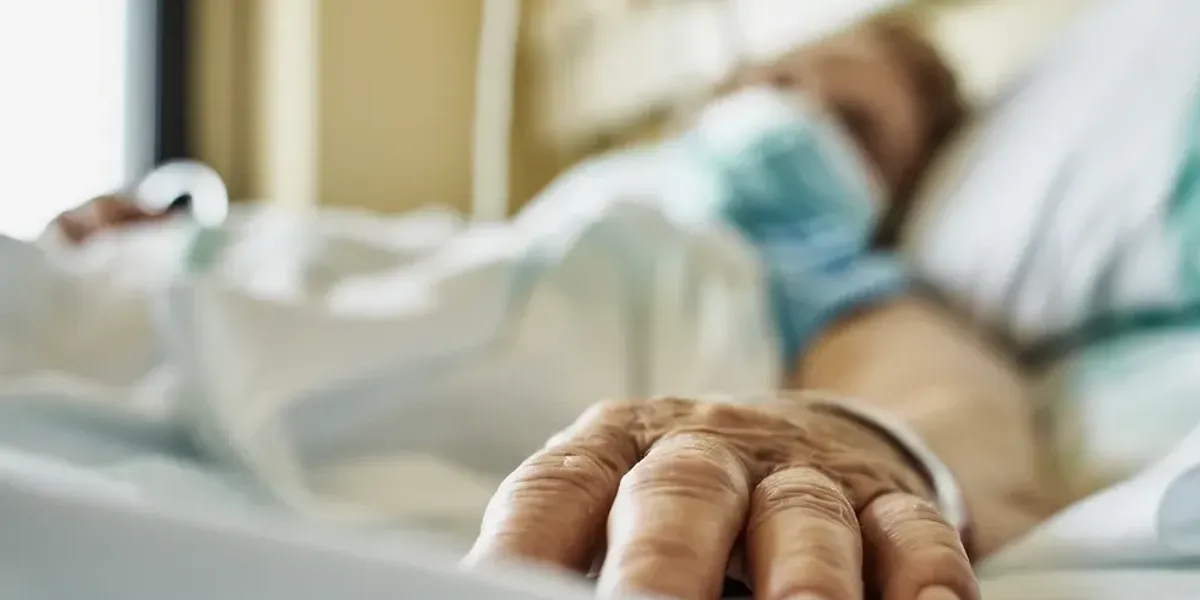The Hidden Health Crisis: Hospital-Acquired Infections
In the realm of healthcare, the focus is often on treating illnesses and improving patient outcomes. However, lurking within the walls of hospitals in both the United States and the United Kingdom is a hidden health risk that affects millions of patients each year: hospital-acquired infections (HAIs). These infections, which occur during or shortly after medical treatment, are responsible for over 100,000 deaths annually in the U.S. alone, making them the fourth leading cause of death in the country.
Understanding Hospital-Acquired Infections
Hospital-acquired infections are defined as infections that patients acquire while receiving treatment for other conditions. According to the Committee to Reduce Infection Deaths (RID), HAIs result in more fatalities than auto accidents, breast cancer, and AIDS combined. The primary culprits behind these infections are often poor hygiene practices and inadequate cleaning protocols, which allow harmful germs to enter the bloodstream through wounds, the stomach, or the lungs.
The Role of Environment in HAIs
Betsy McCaughey, PhD, a former Lieutenant Governor of New York and founder of RID, emphasizes that the environment plays a crucial role in the risk of contracting an HAI. In an interview with GB News, she stated, “The single biggest determinant of who gets a hospital infection is what room or what bed they’re assigned to.” This assertion highlights a startling fact: if a patient is placed in a room previously occupied by someone with an infection, their risk of contracting that same infection increases significantly.
McCaughey points to studies indicating that patients placed in such rooms face a staggering 583% increased risk of infection. This alarming statistic underscores the importance of thorough cleaning and disinfection protocols in hospitals.
The Global Impact of HAIs
While HAIs are a pressing issue in the U.S., they are not confined to American hospitals. Globally, HAIs are reported to be the most frequently occurring medical adverse event, with a prevalence rate of approximately 7-10%. In the UK, HAIs are responsible for around 28,500 deaths annually and cost the National Health Service (NHS) approximately £2.7 billion. Furthermore, these infections account for about 21% of NHS England’s bed capacity due to patients overstaying their hospital visits as a result of complications from infections.
The Financial Toll of HAIs
The financial implications of HAIs are staggering. In the U.S., the economic burden exceeds $30.5 billion, with hundreds of thousands of lives lost each year. Among the various types of HAIs, Clostridium difficile (C. diff) infections are particularly deadly, accounting for around a third of all HAI-related deaths.
The Cleaning Crisis
One of the primary reasons for the prevalence of HAIs is inadequate cleaning practices within hospitals. McCaughey notes that germs can survive on high-touch surfaces for weeks, and many hospital rooms are not cleaned thoroughly enough. A study conducted by RID board member Michael Perry surveyed 1,100 hospital rooms along the U.S. East Coast and found that many surfaces were left untouched during cleaning.
The challenges faced by hospital cleaning staff contribute to this issue. High turnover rates and insufficient training often result in inadequate cleaning protocols. McCaughey starkly states, “If you have to eat your lunch in a hospital room, the safest place to put your sandwich is on the toilet seat.” This shocking remark illustrates the dire need for improved cleaning standards in healthcare facilities.
Raising Awareness and Taking Action
In response to the growing threat of HAIs, RID aims to raise awareness about the dangers of hospital infections and empower patients and their families to take proactive measures. McCaughey encourages individuals to educate themselves on this critical health issue and to utilize resources such as RID’s "15 Tips to Help Reduce Your Risk of Infection" before entering a hospital.
By increasing awareness and providing practical advice, RID hopes to mitigate the risks associated with HAIs. McCaughey emphasizes, “We want to help you. We give you help free of charge because this is a transatlantic problem.”
Conclusion
Hospital-acquired infections represent a significant and often overlooked threat to patient safety in healthcare settings. With millions affected and hundreds of thousands of lives lost each year, it is imperative that both healthcare providers and patients take action to combat this hidden health crisis. By improving cleaning protocols, raising awareness, and empowering patients, we can work towards a future where hospital-acquired infections are significantly reduced, ensuring safer healthcare environments for all.
For more information on how to protect yourself and your loved ones from HAIs, visit RID’s website.
